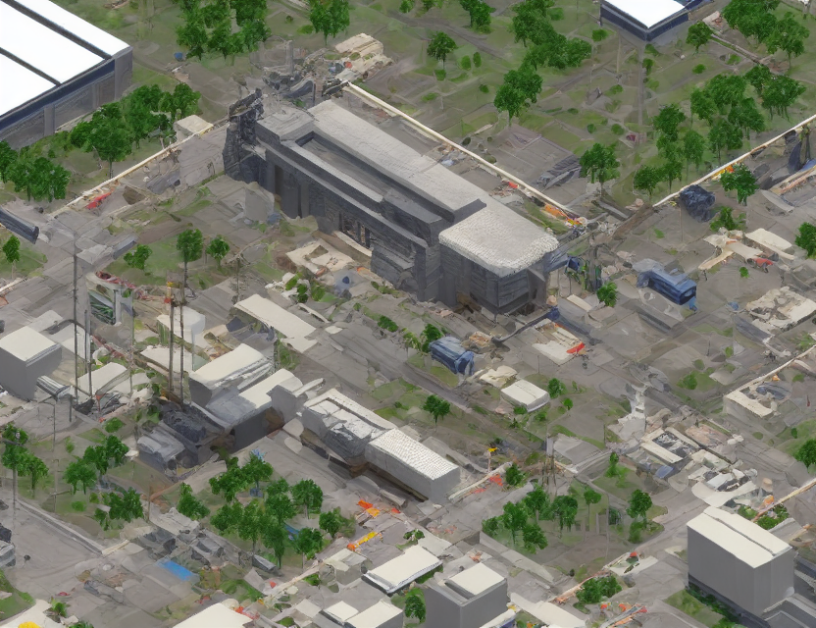In this article, we delve into the realm of robotics and explore the cutting-edge techniques of deep learning and graph neural networks (GNNs) to tackle complex tasks. By harnessing these advanced methods, robots can now autonomously perform intricate actions without human intervention, paving the way for more efficient and streamlined operations.
To begin with, we must comprehend the context of the problem at hand. Imagine a robot working in a cluttered environment, tasked with grasping an object surrounded by taller objects. In this situation, the robot must relocate these obstructions to create a clear path for grasping, all while considering the geometric relationships between each object. This challenge grows increasingly complex as the number of objects involved escalates.
To tackle this problem, researchers have developed novel algorithms that combine deep learning and GNNs. Deep learning enables the robot to learn from its experiences and improve its performance over time, while GNNs provide a framework for analyzing the relationships between objects in continuous space. By combining these two techniques, robots can now autonomously explore a long-horizon combinatorial solution space, taking into account both the final configuration and the placement locations of blocks.
To illustrate this concept, let’s consider an analogy. Imagine you are trying to build a puzzle with many interlocking pieces. Each piece has a specific location where it must fit, and the robot must find the optimal placement for each piece to complete the puzzle successfully. This is similar to how the robot must navigate the cluttered environment and identify the best locations for each block to create a clear path for grasping the object of interest.
Another crucial aspect of these algorithms is their ability to handle obstacles in the environment. The robot must be able to avoid collisions with nearby objects while moving them to create a clear path for grasping. To achieve this, researchers have developed techniques that allow the robot to predict the future pose of each object in the environment and adjust its movements accordingly.
In conclusion, the integration of deep learning and GNNs has opened up new possibilities for robotics. By enabling robots to autonomously perform complex tasks without human intervention, these advanced techniques are poised to revolutionize the field of robotics and transform the way we work with robots in various industries. As the technology continues to evolve, we can expect to see more sophisticated applications of these techniques in the future, leading to even greater efficiency and productivity gains.
Comparing Different MCTS Approaches for TAMP Problems: A Thorough Analysis



